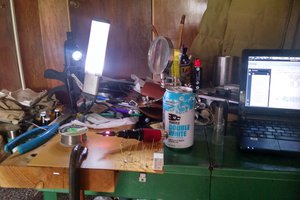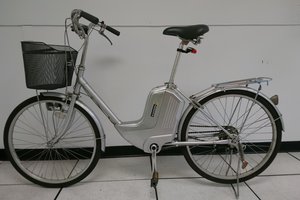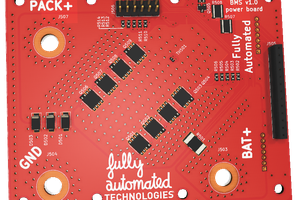To cut costs in these systems, lead-acid batteries are usually installed. Unfortunately, lead-acid batteries have a limited number of charge-discharge-cycles, much less than, for example, modern LIFEPO batteries. Also, they age quickly if they are discharged below around 40% of their capacity. This leads to many of the batteries breaking within 2 years or less, rendering the solar home systems unusable.
Moreover, as developing countries don’t have proficient infrastructure to dispose or recycle the lead-acid batteries, each failing battery leads to waste of resources and significant environmental pollution.
>lead acid batties are vulnurable to cycling often
How to solve the problem?
-retrofitting hybrid charge controller!
Using LIFEPO based batteries would significantly increase the solar home system’s lifetime, as LIFEPO batteries are less affected by cycling compared to lead-acid batteries. However, initial high investment costs for LIFEPO batteries are often not feasible for developing markets. To get the best of both, a hybrid charge controller which supports a small lithium-ion battery and a bigger lead-acid battery simultaneously, would be ideal.
> LIFEPO batteries are better but too expensive
A normal charge controller is responsible for monitoring the battery’s voltage and for controlling the charge and discharge cycle. In comparison, a hybrid charge controller would be able to switch between the two battery types, considering environmental factors, such as load current, solar irradiance and state of charge of both batteries. This will result in the li-ion battery having a smaller capacity, therefore cutting its cost. An algorithm would then only use the lead acid battery if the load is too big for the lithium ion battery to handle. For smaller loads and thus more cycles, the lithium ion battery would be used.
> lead acid battery will be cycled less often
Thus, the new hybrid charge controller aims to prolong the lifespan of millions of already existing lead acid batteries inside solar home systems by reducing sulfuration.
 Tobias Koops
Tobias Koops
 the.fedora
the.fedora
 Lucas Rangit MAGASWERAN
Lucas Rangit MAGASWERAN
 Zoé
Zoé
 Neal
Neal